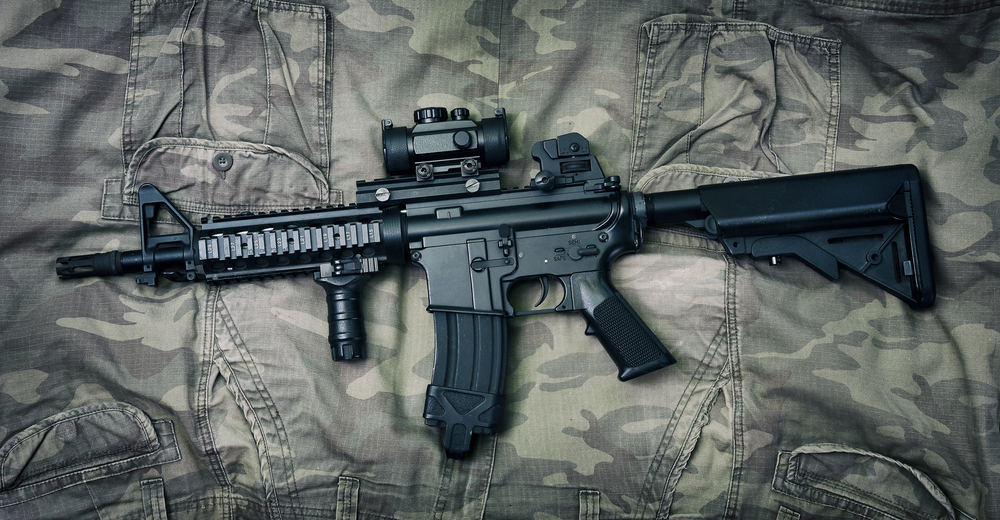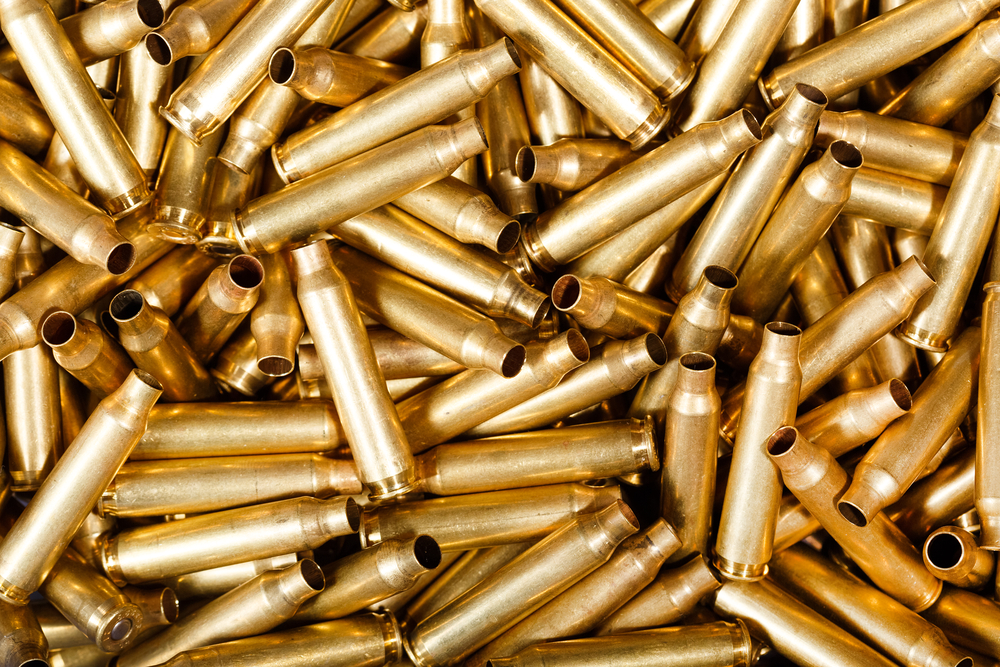
The Army intends to introduce in 2023 a rifle and light machine gun pairing to substitute the M4 carbine and M249 Squad Automatic Weapon for its close combat unit.

The Marine Corps and Special Operations Command are also involved in the extensive testing and experimentation phase and will be able to choose the new-caliber firearms.

The new 6.8mm round, specially designed by the Army, is the most significant change for shooters. In the Next Generation Squad Weapon program, competitors were tasked with building the weapon to accommodate this round. Sig Sauer secured the $4.7 billion weapon contract last year, while Vortex Optics and Sheltered Wings jointly won the $2.7 billion NGSW-Fire Control contract.

In recent years, the U.S. Army’s fiscal projections have highlighted significant investments in the modernization of the M4 carbine. The modernization program, which began back in 2014, is a multifaceted initiative aimed at enhancing the reliability, durability, ergonomics, and zero retention of the rifle. It encompasses a range of improvements, including the integration of combat optics and a Close Quarters Battle Kit, as detailed in the Army’s budget justification documents.

A significant part of this program is the conversion of standard M4 carbines into the M4A1 configuration. This upgrade not only provides soldiers with full auto capability but also outfits the carbine with a heavier and more accurate barrel. As of the time of writing, more than 117,000 M4A1 upgrades have been completed, with plans to transform over 480,000 M4 rifles in total.

The M4A1 boasts a series of enhancements, such as a new full-auto trigger group and an ambidextrous fire control selector assembly. This transition caters to the modern soldier’s needs, allowing for ambidextrous operation and improved weapon handling under the stress of combat. The heavier barrel also plays a crucial role, offering increased heat resistance and maintaining accuracy through high volumes of fire.

This upgrade program aligns with the Army’s vision as outlined in the National Defense Strategy, which calls for joint lethality in contested environments. The transition from M4 to M4A1 is a critical step in minimizing the erosion of close combat capability relative to peer competitors in complex terrain.

Meanwhile, the Army is also progressing with the Next Generation Squad Weapon (NGSW) program, which promises to revolutionize infantry firepower. The NGSW program has resulted in the selection of a new rifle and light machine gun, both chambered in a specialized 6.8mm round designed to outperform the current 5.56mm ammunition. The new M5 carbine and M250 light machine gun, set to replace the M4 and M249 SAW respectively, will provide enhanced range, lethality, and accuracy.

As the Army integrates the latest M4A1 upgrades, it continues to assess and incorporate cutting-edge technology to further optimize the rifle’s performance. Although a specific project known as M4A1+ was shelved, the Army remains committed to continuous improvement and market research, ensuring the M4A1’s evolution in step with advancements in the small arms field.

The M4A1 is not only being improved for today’s needs but is also being engineered to fire the newer M885A1 Enhanced Performance Round, providing an even greater lethal edge. As the Army modernizes its weaponry, it remains focused on addressing the immediate and future needs of soldiers, ensuring they have the most reliable and effective tools at their disposal.
related images you might be interested.






